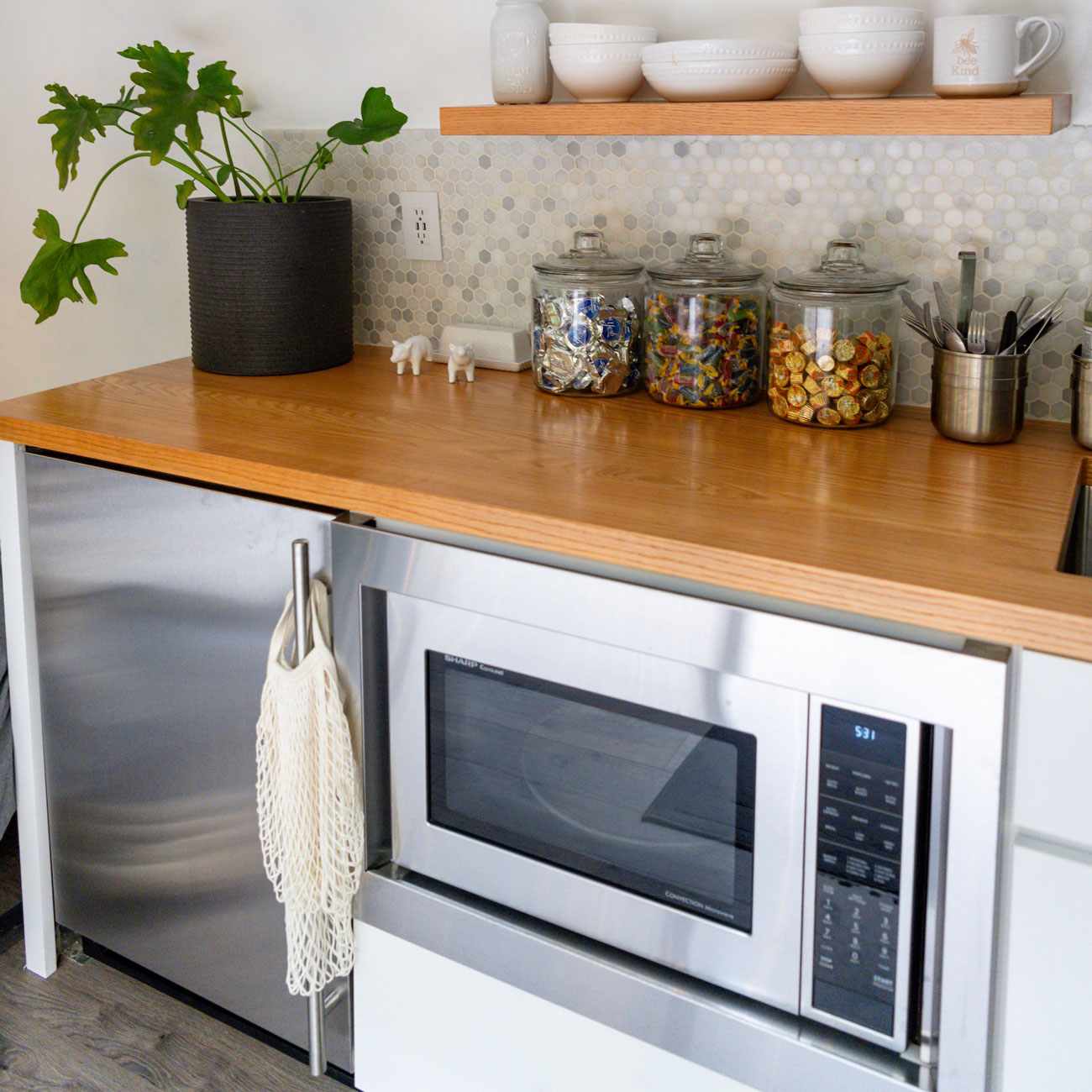When it comes to quick and easy heating of food, there’s no denying that microwaves are a modern-day marvel. But, have you ever asked yourself, “Can this go in the microwave?” You are not alone. With this in-depth, SEO-optimized guide, we will explore the various materials that can and cannot be put in a microwave.
Understanding Microwave Cooking
Before delving into the specifics, it’s essential to understand how microwaves work. Microwaves heat food by producing waves of energy that are absorbed by water, fat, and sugar molecules in food, causing them to vibrate and produce heat. The material of the container you use can impact how evenly and safely your food is cooked.
Microwave-Safe Materials
Ceramics
High-quality ceramics are excellent for use in the microwave. They do not absorb the microwave radiation, allowing the energy to pass through and cook your food evenly.
Glass
Heat-resistant glassware, like Pyrex, is microwave-safe. The microwave’s energy passes through the glass to heat the food.
Plastic
Not all plastics are created equal when it comes to microwaving. Only use plastic containers labeled as “microwave-safe.” These plastics will not melt or release harmful chemicals under high temperatures.
Paper
Paper plates, cups, and napkins can typically be microwaved, but it’s best to use products labeled as microwave-safe to be sure.
Silicone
Silicone bakeware, often used for cupcakes and muffins, is safe for microwave use. It’s non-toxic and resistant to heat.
Materials to Avoid in a Microwave
Aluminum Foil
Microwaving aluminum foil can cause a fire. If enough heat is generated, the foil can ignite, posing a significant safety risk.
Metal
No metal should be put in the microwave. Metal reflects microwaves, which can cause sparks and potentially start a fire.
Styrofoam
While some styrofoam products are microwave-safe, many are not. When heated, styrofoam can melt and release harmful chemicals.
Plastic Bags
Most plastic bags will melt and potentially release toxins into the food when microwaved.
Wood
Wood can crack, split, or even ignite when microwaved, so it’s best to keep wooden utensils and bowls out of the microwave.
Tips for Microwaving Safely
- Check for the Microwave-Safe Label: Always look for the ‘microwave safe’ label on containers before microwaving them.
- Avoid Superheating: Be careful when heating water or liquids to prevent ‘superheating’ where the liquid can explode.
- Use Microwave-Safe Lids or Covers: Using microwave-safe lids or wax paper can prevent splatters.
Wrap-Up
Using your microwave shouldn’t be a game of Russian Roulette with your kitchenware. Knowing what materials are safe to use in a microwave can help you prevent accidents, improve your cooking, and extend the life of your microwave.
Remember, when in doubt about a certain material, it’s better to be safe than sorry. Keep this guide handy for the next time you’re unsure if something can or can’t go in your microwave!
Have a safe and convenient microwaving experience!
